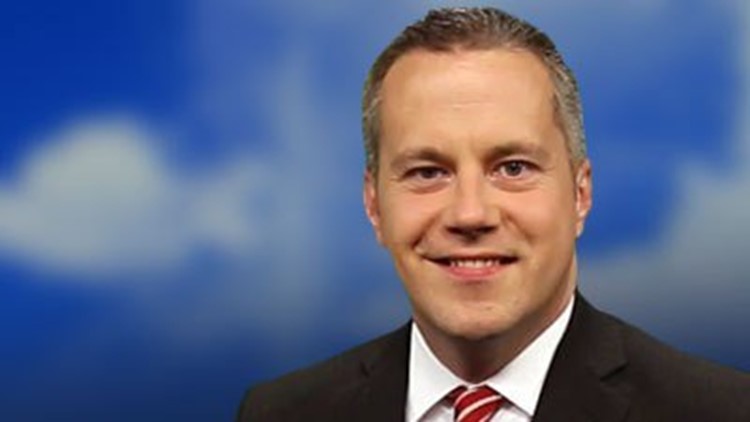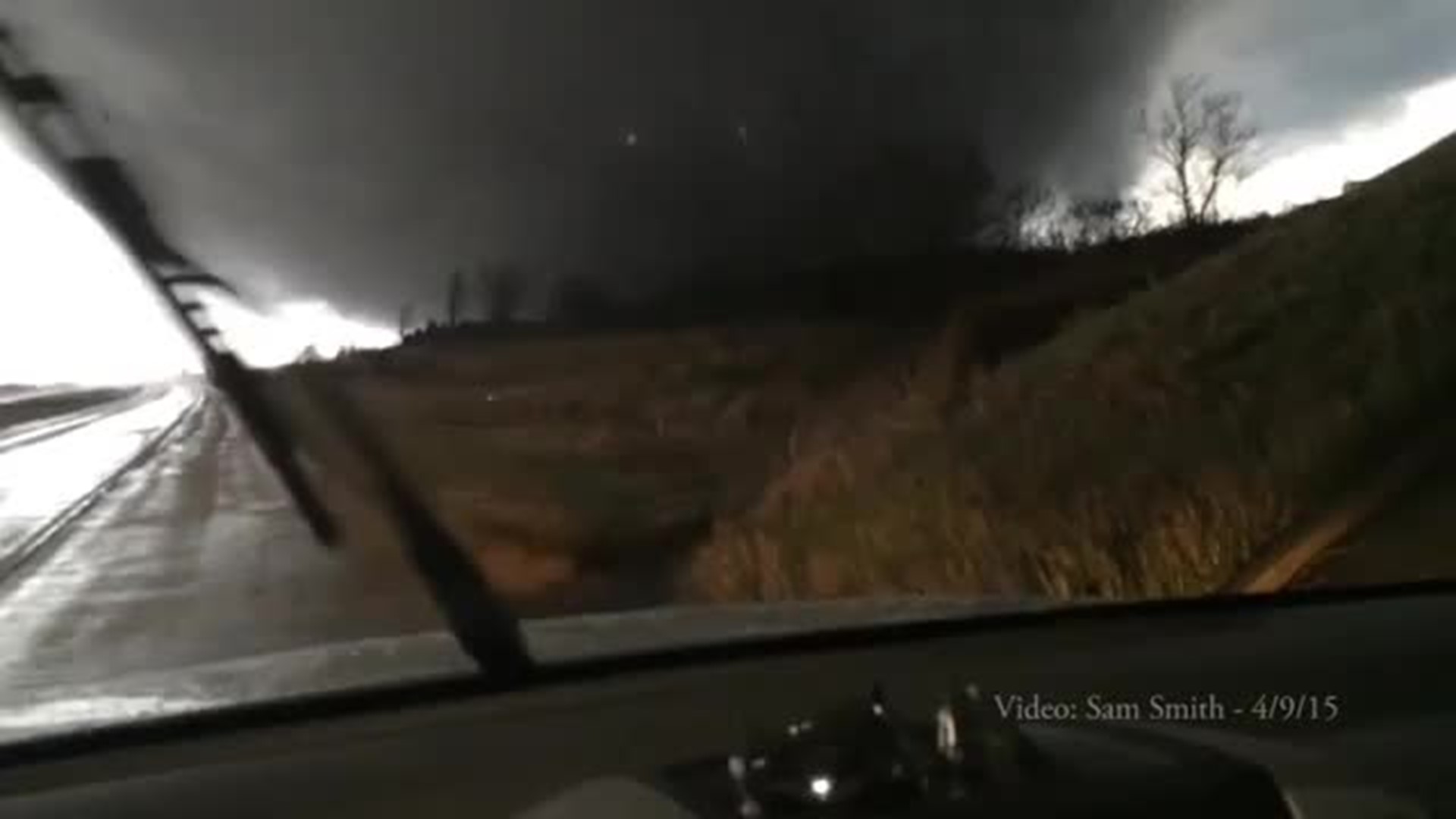The severe storm and tornado outbreak of April 9, 2015 was the worst to affect Northern Illinois in a quarter century. A half-mile-wide EF-4 tornado tore up the countryside of Ogle and DeKalb County, barely dodging the communities of Ashton, Franklin Grove, Rochelle, Kings, and Monroe Center. The small community of Fairdale, Illinois was the hardest hit where two women lost their lives. Had the storm shifted just 15 miles north, it would’ve affected the the more urban Rockford area.
Because I was born and raised in Rockford and spent a decade of my Broadcast Meteorology career there, I wanted to talk with the folks who were on the air for hours on end keeping these hometowns safe. Morgan Kolkmeyer, my good friend, fellow Rockfordian, and Meteorologist at my former TV station WREX-TV, tells me it was a life-changing experience. Her day began several hours before the sun came up and didn’t end until the next day. I asked her what we need to do to make people safer and she said we need to explain as much as we can to those who will listen. “I think it’s important we explain WHY there is a threat, not just the fact that there is a threat. When people are more educated, I think they are more prone to believe what we’re saying.”
While warning systems need to be reinforced, education is a big part in making sure our population is ready for severe weather. A decade ago, I brought the idea of “Project: Tornado,” an assembly-style educational campaign to the classrooms of Northern Illinois. Over the years, the team of Meteorologists I was a part of spoke to tens of thousands of students about severe weather. And that message was brought to school districts around Rochelle and hard-hit Fairdale. But Kolkmeyer, who toured the damage says “After such devastation and loss of lives, it’s hard to know if anything is “enough.”” WREX-TV’s educational program continues this Spring and I imagine that the auditoriums will be very quiet when this particular tornado is discussed.
I asked Candice King, Chief Meteorologist at WTVO-TV, whether there’s enough education when it comes to severe weather. “With a tornado of this magnitude, people can still do what they’re supposed to do and fatalities can still occur. I would like to see less stories of people saying they were out watching the tornado before taking shelter and more stories of people who reacted to the warning.” Kolkmeyer reiterates, saying “It’s important we get to a point where everyone heeds the warnings.”
Mark Henderson, Chief Meteorologist of WIFR-TV, is a little more skeptical when it comes to people heeding the warnings. “The reality is, even after this tragedy, folks still believe we’re protected by the Rock River, the Byron Nuclear Plant, etc. There are still people who are angry we cut into their programming for a storm that didn’t hit their house. If it doesn’t hit their house, it didn’t happen, using their “logic.” This kind of ignorance unfortunately persists, and I think will continue to exist despite our efforts to raise awareness.”
When asked about the above video, Henderson says this type of viral video needs to be stopped. The man doesn't appear to understand the extreme danger being this close. "There's too much video out there that's shot by irresponsible amateurs that ends up going viral, and unfortunately inspires other amateurs to go out and do the same."
But those who heeded the warnings survived. "The fact that lives were spared at Grubsteaker's Restaurant is a prime example," Henderson says. "Everyone went to the basement there. Thank God! The fact that this monster only claimed two lives is nothing short of miraculous, and a testament to the fact the warnings were heeded."
The big question we all need to ask going forward is What good is a warning if no one pays attention to the threat? Hopefully more people are willing to become educated about weather safety after the killer tornado this month and understand the risk. Unfortunately, we won't really know if we are successful in the education and warning processes until the next tornado hits.
Coming up tomorrow, I will wrap up my series on this tornado. My colleagues share some intimate thoughts on the destruction and loss of life. A look at the emotional toll on the people who forecast the weather. That's tomorrow.
-Meteorologist Eric Sorensen




